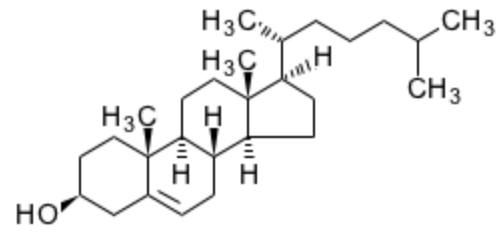
New hope to reduce cholesterol
Cholesterol levels in our blood are one of the most important checkpoints of overall health. Research continues to provide a growing number of options to reduce cholesterol levels in our blood, whether from medical treatments or natural sources. For example, the humble onion, one of Awaji Island’s most famous foods, has been found to contain quercetin and other cholesterol-cutting elements, as mentioned on this site (https://aihl-pasonagroup.com/en/onion/). In this article, however, we focus on a cutting edge medical breakthrough that may rival Awaji onions as a way to keep our blood flowing healthily.
When LDL (low density lipoprotein), an indicator of blood health, binds with cholesterol and accumulates through an unhealthy diet, it collects on the surface of blood vessels. These aggregates are removed by white blood cells, but this immune response also causes cellular inflammation on the vessel surface. Such inflammation may lead to myocardial infarction and/or brain stroke. The decrease of LDL-cholesterol levels in blood is thus an issue of vital importance for health.
A variety of medical treatments have been developed to reduce LDL-cholesterol: one way is to use a drug called statin, a chemical that inhibits the enzyme required for cholesterol synthesis. Cholesterol is thus taken up into liver cells from blood, leading to a reduction of its level in our veins. To facilitate this uptake, a receptor protein is required in the liver cell membrane. This receptor protein is known to be destabilized when binding to another protein named Pcsk9. Therefore, if the binding of Pcsk9 to the receptor could be blocked or its synthesis inhibited, blood LDL-cholesterol levels could be reduced. Based on this premise, an antibody that causes the degradation of the Pcsk9 protein has been developed and is now commercially available. However, this type of drug is expensive, so attention has turned to new ways to destabilize or inhibit synthesis of Pcsk9.

Along this vein, a new medical method has given reason for hope, reported by M. A. Cappelluti et al. (Durable and efficient gene silencing in vivo by hit- and run epigenetic editing, Nature (2024) Feb. 28th issue.). First, the key is to prevent the Pcsk9 gene DNA information (mRNA) from being read by inhibiting mRNA synthesis of its DNA (silencing the gene). In cells, mRNA synthesis is suppressed through the methylation of a specific DNA sequence located upstream from the target gene. This DNA methylation prevents the usual proteins required for mRNA synthesis from starting their binding process.
Fig. Flow of genetic information from DNA to protein.

Fig. Methylation of DNA inhibits translation of genetic information from DNA to mRNA.
M.A. Cappelluti et al. synthesized an artificial mRNA coded as a DNA methylase. Then, using a well-known protein motif for DNA binding, his team was able to fuse the methylase to this motif. This artificial mRNA (DNA binding domain plus methylase domain) was delivered into the Pcsk9 cell packaged in a capsule made of lipids called a liposome (a method which earned the developers, Dr. K. Kariko and Dr. D. Weisseman, the Nobel Prize 2023). Injecting this artificial mRNA into mice caused a significant decrease of Pcsk9 synthesis, leading to a decrease of LDL-cholesterol in blood. This reduction was observed in the mice even one year afterward. The authors have discussed adapting this new method to humans as a promising new approach. The artificial silencing of genes is a technique which may be applied to suppress other unfavorable genetic processes, including those leading to the onset of cancer.
